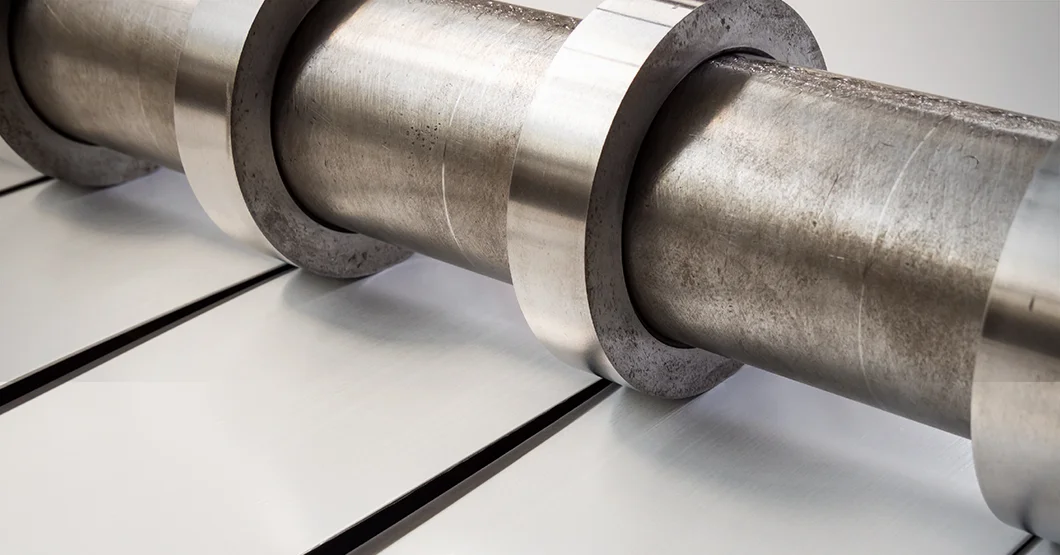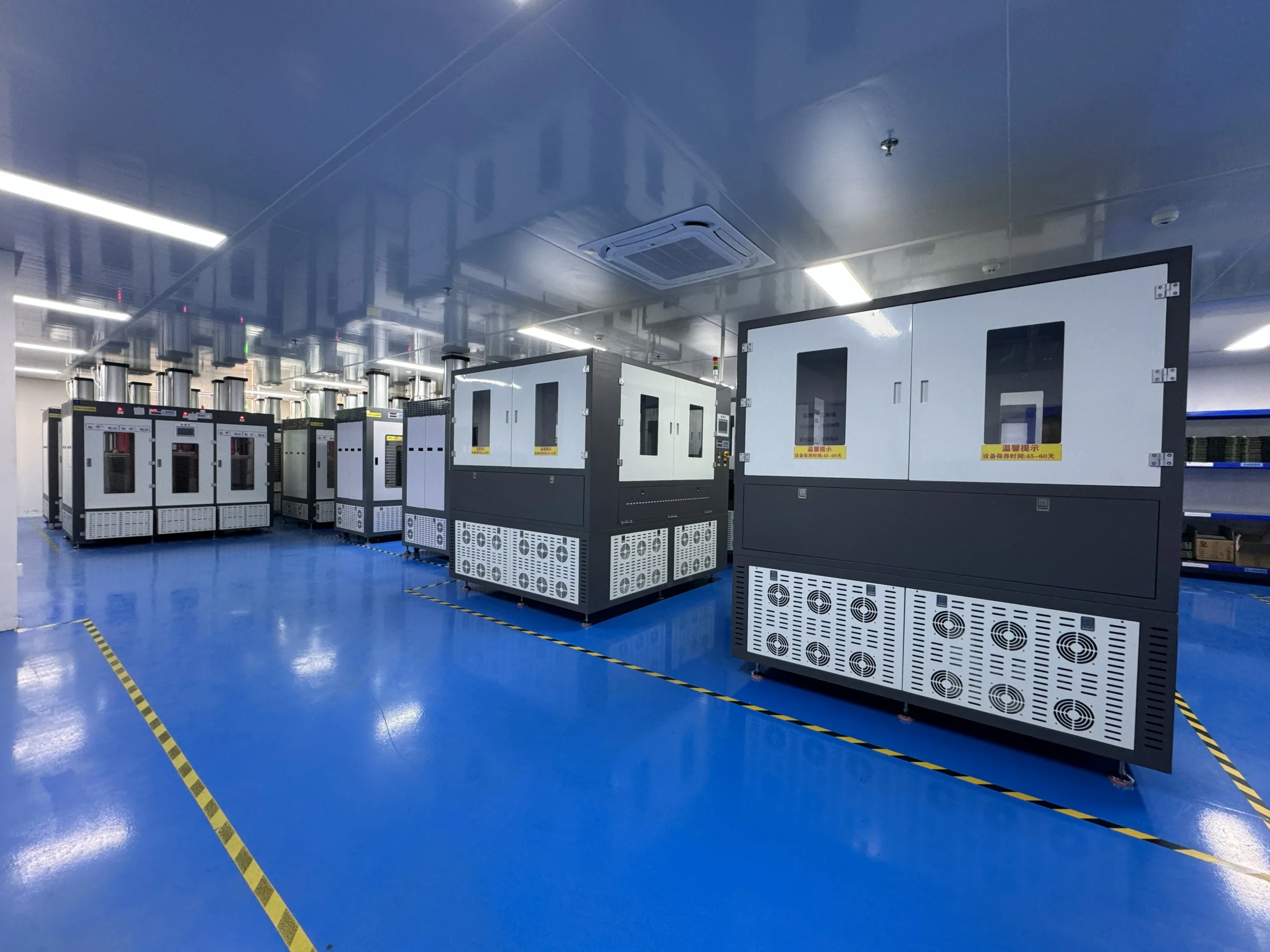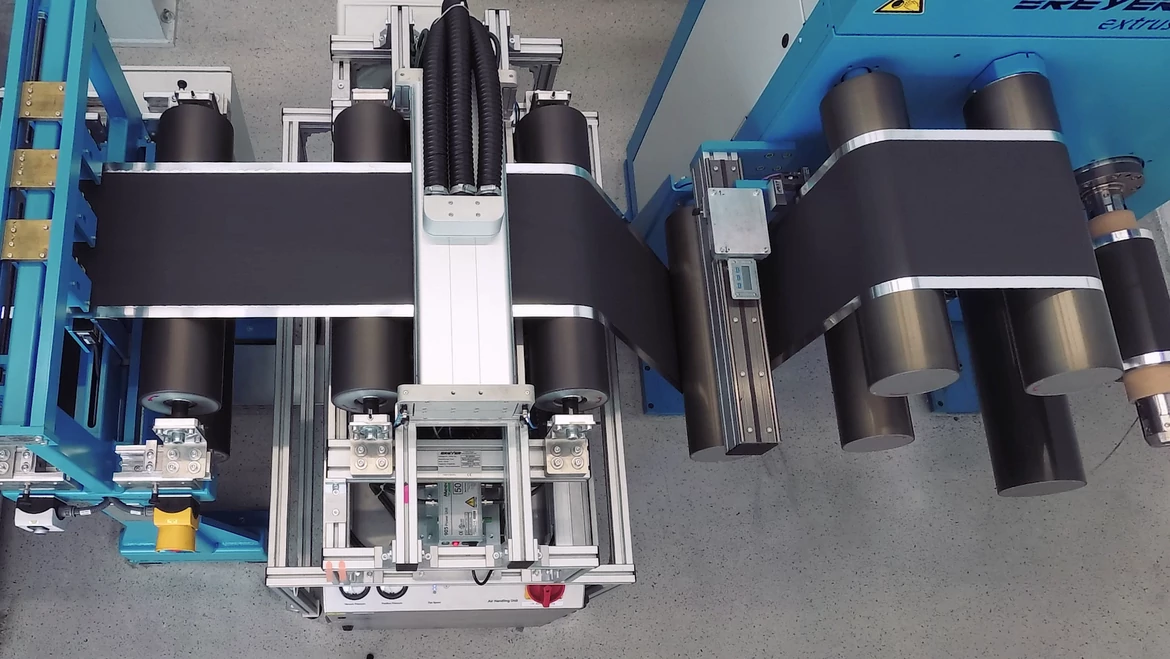Cathode Solvent and Additive Optimization
main content
Cathode slurry quality control is critical for producing highdensity, defectfree electrodes in lithiumion battery manufacturing. By rigorously monitoring particle dispersion and rheological properties, manufacturers can prevent coating irregularities, improve electrochemical performance, and reduce material waste. This guide explores advanced techniques for fineness testing, viscosity adjustment, and realtime process correction.
Fineness Testing: Achieving Optimal Particle Dispersion
Particle agglomeration in cathode slurries directly impacts electrode conductivity and cycle life. The grind gauge method (also called the Hegman gauge) is widely used to evaluate particle dispersion, targeting a ≤20 μm fineness to ensure uniform active material distribution. Here’s how to implement this quality check effectively:
Key Implementation Steps:
1. Sample Preparation:
Dilute the slurry with solvent (e.g., NMP) to 30–40% solid content for accurate readings.
Stir gently to avoid introducing air bubbles.
2. Testing Protocol:
Place a 1–2 mL sample on the gauge’s graduated channel.
Draw a stainlesssteel scraper across the surface at a 45° angle and 1 m/s speed.
3. Result Interpretation:
Inspect the scratched surface under LED light. Agglomerates >20 μm appear as visible streaks.
Repeat tests at three positions to assess batch homogeneity.
Corrective Actions:
If streaks exceed 20 μm, extend highshear mixing (2,000–3,500 rpm) by 10–15 minutes.
For persistent agglomerates, adjust bindertosolvent ratios or introduce dispersants like PVP.
Viscosity Monitoring: Balancing Flowability and Stability
Maintaining slurry viscosity within 4,000–7,000 mPa·s ensures smooth coating while preventing sedimentation. Realtime monitoring with inline viscometers enables dynamic solvent adjustments:
Advanced Control Strategies:
1. Shear Rate Optimization:
Set viscometers to measure at 50–100 s⁻¹ shear rates, simulating coating head conditions.
Calibrate instruments weekly using standard fluids (e.g., 5,000 mPa·s silicone oil).
2. Automated Feedback Loops:
Integrate viscometers with PLC systems to trigger solvent pumps when viscosity exceeds thresholds.
Limit adjustments to ±5% hourly to avoid overdilution.
3. Temperature Compensation:
Install cooling jackets to maintain slurry at 25±2°C during measurement.
Use viscometers with builtin RTD sensors for temperaturecorrelated viscosity values.
Common Pitfalls & Solutions:
Overthickening: Caused by solvent evaporation. Remedy: Add 0.5–1% NMP incrementally.
Overthinning: Result of excessive solvent dosing. Remedy: Introduce 2–3% premixed binder solution.
Process Correction: Bridging Detection and Action
Detecting deviations is only half the battle—implementing corrective measures ensures continuous production quality:
Fineness Correction Workflow:
1. Agglomeration Alert: Grind gauge shows >25 μm particles.
2. Root Cause Analysis:
Check mixer blade wear (replace if clearance exceeds 1 mm).
Verify binder dissolution time (target 60±5 minutes at 50°C).
3. Immediate Action:
Recycle slurry through a 50 μm filter mesh.
Increase dispersant dosage by 0.1–0.3% if filtration fails.
Viscosity Correction Workflow:
1. OutofSpec Alert: Viscometer detects 8,000 mPa·s reading.
2. Diagnostic Checks:
Confirm solvent pump calibration (error margin <2%).
Test slurry density to rule out solid content fluctuations.
3. Adjustment Protocol:
Add solvent in 0.5 L/min increments until viscosity reaches 6,500 mPa·s.
Restart coating after 15minute equilibration.
Conclusion: Building a Robust Quality Assurance System
Effective cathode slurry quality control reduces electrode rejection rates by up to 40% while improving energy density by 12–15%. By combining grind gauge testing, inline viscosity tracking, and AIdriven correction algorithms, manufacturers can achieve:
Fineness consistency: ≤20 μm dispersion in 98% of batches.
Viscosity stability: 4,000–7,000 mPa·s with ±3% variation.
Cost savings: 20–30% reduction in solvent and binder waste.
Adopting these strategies positions battery producers to meet escalating demand for highperformance EVs and energy storage systems. As slurry formulations evolve toward higher solid content (70–75%), integrating adaptive quality control systems will become indispensable for maintaining competitiveness.
RELATED BLOG

START-STOP LITHIUM battery
Enov start-stop battery is designed to provide excellent performance for high-demand start-stop vaehicles. It adopts the third-generation intelligent lithium platform architecture to achieve technological breakthroughs in core indicators such as cycle life, environmental adaptability and energy density. Compared with the traditional lead-acid battery system, the energy efficiency is increased by 210%, the cycle life is extended by 8-10 times, and the monthly self-discharge rate is controlled within 3%. Enov's unique low-temperature battery technology makes a breakthrough in achieving stable output in the whole climate domain from -30℃ to 65℃, maintaining more than 90% of the effective capacity release under extremely cold conditions (-30℃), and maintaining 90% of the capacity in high temperature environments (65℃).
The start-stop battery series products cover the mainstream voltage platform of 12V/24V/48V, and support flexible configuration of LFP (lithium iron phosphate) and NCM (lithium nickel cobalt manganese oxide) dual-material system. All models adopt modular design to support customization of different model specifications. Enuo engineering and technical team to provide full cycle technical service support, if you need, please contact us.
Other products
UAV BATTERY
LITHIUM ENERGY STORAGE BATTERY
QUICK INQUIRY
FAQ
Access to high frequency technical questions with one click, get accurate answers on product application, after-sales policy and customization process.
Service and Support
Get the latest product specifications, explore professional OEM/ODM customization services, click to open exclusive technical support and production solutions.
Become a Partner
We sincerely invite resources to interconnect, work together for win-win development, and immediately open a new chapter of strategic cooperation!




